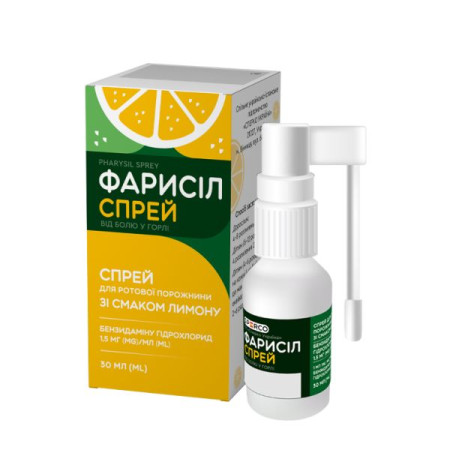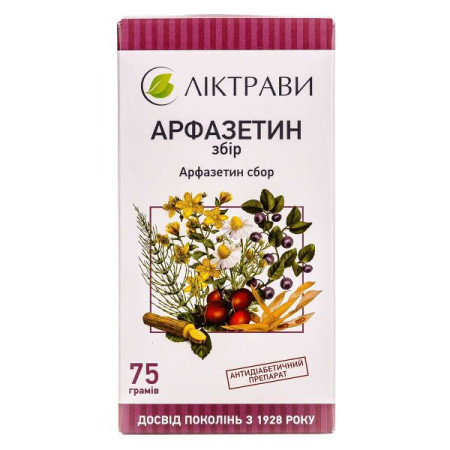Nordixin capsules 50 mg No. 60

Instructions for Nordixin capsules 50 mg No. 60
Composition
active ingredient: etifoxine hydrochloride;
1 capsule contains etifoxine hydrochloride 50 mg;
excipients: lactose monohydrate; fumaric acid; stearic acid;
capsule shell: gelatin; titanium dioxide (E 171); patent blue (E 131), azorubine (E 122), purified water.
Dosage form
Capsules.
Main physicochemical properties: hard gelatin capsule with a blue cap and a white body, containing an almost white powder.
Pharmacotherapeutic group
Agents acting on the nervous system. Psycholeptics. Anxiolytics. Other anxiolytics. Etifoxine. ATC code N05B X03.
Pharmacological properties
Pharmacodynamics
In therapeutic doses, etifoxine hydrochloride exhibits anxiolytic properties and has a neurovegetative regulatory effect.
In vitro and in vivo animal studies have shown that the anxiolytic effect of etifoxine is due to a dual mechanism of action (direct and indirect) on the GABAA receptor to enhance GABAergic transmission:
– direct effect on the GABAA receptor due to positive allosteric modulation by binding predominantly to β2 or β3 subunits; studies indicate that the binding site of etifoxine on the GABAA receptor differs from the binding site of benzodiazepines;
– indirect effect due to increased production of neurosteroids in the brain (by activating mitochondrial protein translocation), including allopregnanolone, which are positive allosteric modulators of the GABAA receptor.
Clinical studies have not established any withdrawal effects and dependence potential (physical or psychological).
Animal studies have not shown the possibility of developing pharmacological dependence on etifoxine.
Pharmacokinetics
Etifoxine hydrochloride is well absorbed from the gastrointestinal tract. It is rapidly metabolized, does not bind to blood cells, and its plasma levels decline slowly in three phases. The drug and its main metabolite are excreted mainly in the urine. Etifoxine hydrochloride crosses the placental barrier.
Clinical characteristics. Indications.
Psychosomatic manifestations of anxiety.
Contraindication
Hypersensitivity to the components of the drug, shock, myasthenia gravis, severe liver and/or kidney dysfunction. Pregnancy or breastfeeding.
Interaction with other medicinal products and other types of interactions
When Nordixin is used simultaneously with drugs that depress the central nervous system (morphine derivatives (analgesics, cough suppressants and opioid substitution therapy for drug addiction), benzodiazepines, hypnotics, neuroleptics, histamine H1 receptor blockers, antidepressants, antihypertensive drugs of the central mechanism of action, baclofen, thalidomide), mutual potentiation of effects is possible.
Alcohol enhances the sedative effect of Nordixin.
The simultaneous use of Nordixin with alcohol or with drugs that depress the central nervous system (morphine derivatives (analgesics, cough suppressants and opioid substitution therapy for drug addiction), benzodiazepines, hypnotics, neuroleptics, histamine H1 receptor blockers, antidepressants, centrally acting antihypertensive drugs, baclofen, thalidomide) may cause impaired reaction speed, which, in turn, may pose a danger when driving or operating other mechanisms. It is not recommended to consume alcohol, drugs containing alcohol, and drugs that depress the central nervous system during treatment with the drug.
Application features
It is not recommended to drink alcohol and use other centrally acting drugs (haloperidol, diazepam, imipramine, etc.) during treatment with Nordixin.
In the event of skin or allergic reactions or severe liver dysfunction, treatment with etifoxine should be discontinued immediately.
The drug contains lactose, so it is not recommended to prescribe the drug to patients with congenital galactosemia, glucose/galactose malabsorption syndrome, or lactase deficiency.
Use during pregnancy or breastfeeding
The drug is contraindicated for women during pregnancy.
If necessary, breastfeeding should be discontinued.
Ability to influence reaction speed when driving vehicles or other mechanisms
Given the significant undesirable individual reactions (dizziness, drowsiness), the possibility of temporary impairment of the ability to drive vehicles and operate potentially dangerous mechanisms during treatment with the drug cannot be ruled out.
Method of administration and doses
The dose and duration of treatment are determined by the doctor individually, depending on the severity of the disease.
Adults should take 3–4 capsules in 2–3 divided doses. Take the capsules before meals with a small amount of water.
The course of treatment lasts from several days to several weeks.
Children.
The drug should not be prescribed to children due to the lack of sufficient clinical studies.
Overdose
Manifested by arterial hypotension. There is a risk of drowsiness. Gastric lavage is recommended. If necessary, symptomatic treatment. There is no specific antidote.
Adverse reactions
Dizziness is sometimes noted, which may occur at the beginning of treatment and disappear on its own during long-term treatment.
Classification of adverse reactions by system organ class and frequency: very common (≥1/10), common (≥1/100 to <1/1000),
Within each frequency grouping, adverse reactions are listed in order of decreasing incidence.
From the nervous system: rarely - mild drowsiness at the beginning of treatment, which disappears spontaneously as treatment continues.
Skin and subcutaneous tissue disorders: rarely – skin rashes: maculopapular rash, polymorphic erythema, itching, facial edema.
On the part of the immune system: very rarely - urticaria, angioedema, angioedema; unknown frequency - anaphylactic shock, drug reaction with eosinophilia and symptoms of damage to various organ systems (MRESSO syndrome), Stevens-Johnson syndrome, leukocytoclastic vasculitis.
Hepatobiliary system: frequency unknown - liver damage: hepatitis, cytolytic hepatitis.
Reproductive system and breast disorders: frequency unknown - intermenstrual bleeding in women taking oral contraceptives.
Gastrointestinal disorders: frequency unknown - lymphocytic colitis.
Reporting possible adverse reactions
Reporting of suspected adverse reactions identified after the marketing authorisation of a medicinal product is important. This allows for continuous monitoring of the risk/benefit ratio of the medicinal product. Healthcare professionals are asked to report any suspected adverse reactions via the national reporting system.
Expiration date
3 years.
Storage conditions
Store in the original packaging at a temperature not exceeding 25 ºС.
Keep out of reach of children.
Packaging
15 capsules in a blister, 4 blisters in a cardboard pack.
Vacation category
According to the recipe.
Producer
INPHARMACY.
Location of the manufacturer and address of its place of business
CI No. 2 de Prouvy – Rouvigné, 1 rue de Nungesser, PROUVY, 59121, France.
Applicant
LLC "ZDRAVO".
Location of the applicant and address of the place of business.
Ukraine, 04114, Kyiv, Avtozavodska St., 54/19, Lit. A, office.
There are no reviews for this product.
There are no reviews for this product, be the first to leave your review.
No questions about this product, be the first and ask your question.















